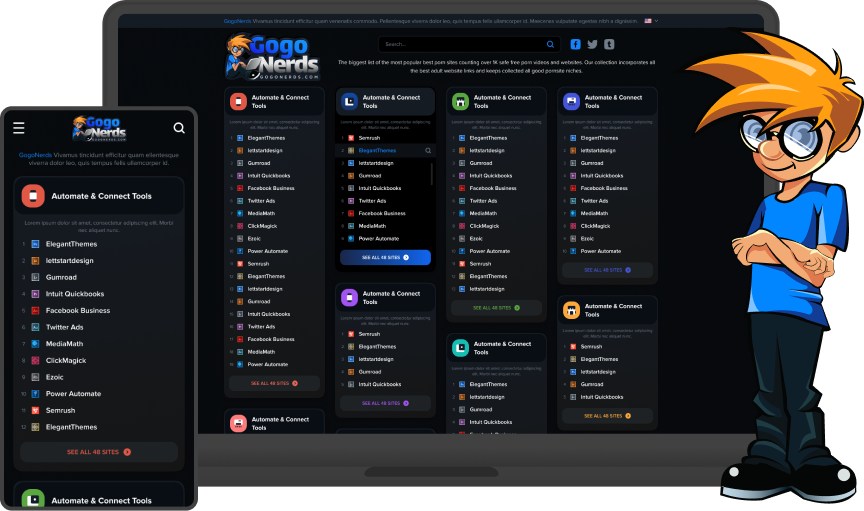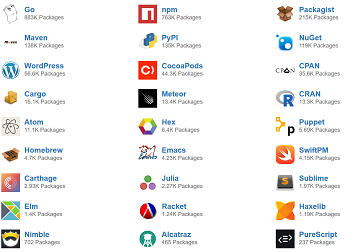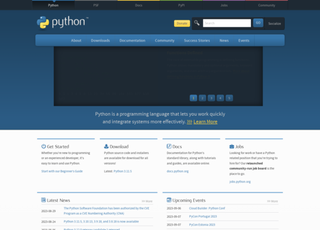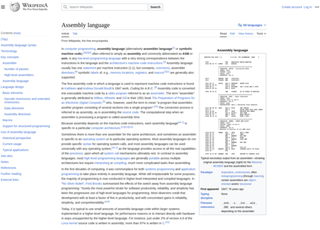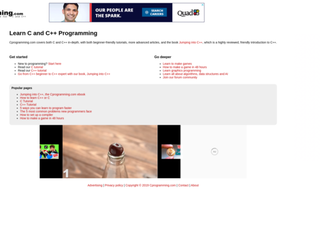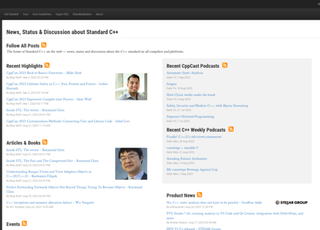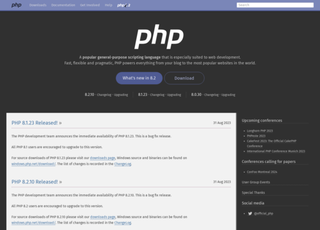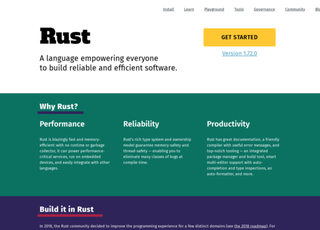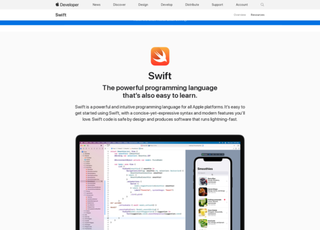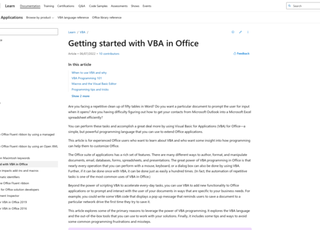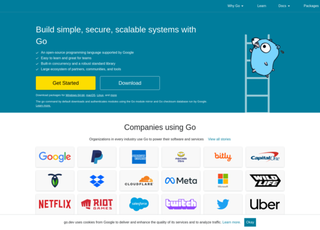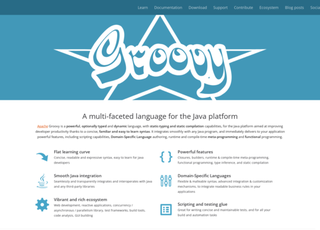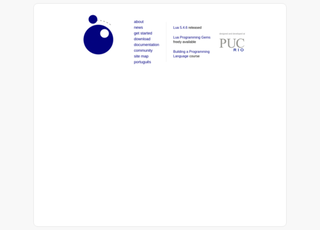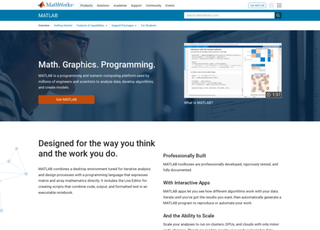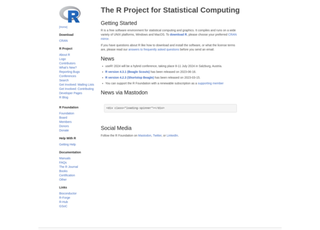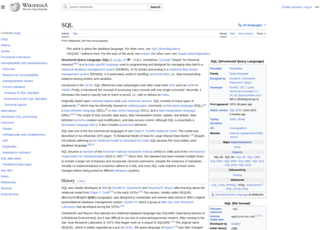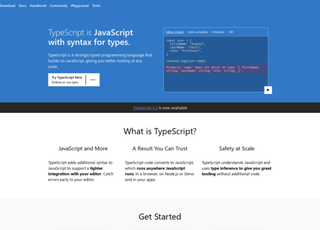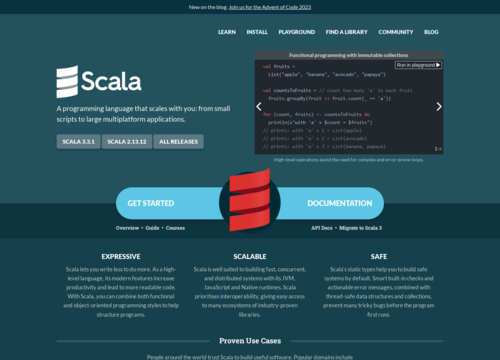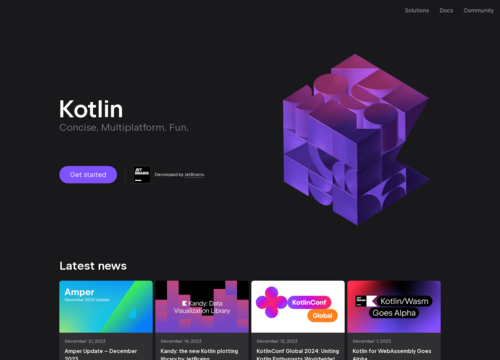Python
https://www.python.org/Python
Python is one of the most popular and versatile programming languages in the world. Here's a detailed overview of the language:
History:
Origin:
Python was created by Guido van Rossum and was first released in 1991 as Python 0.9.0.
Name:
The name 'Python' wasn’t derived from the snake, but from the British comedy series "Monty Python's Flying Circus," which Guido enjoyed.
Design Philosophy:
Python emphasizes code readability, and its syntax allows developers to express ideas in fewer lines of code than might be possible in other languages, such as C++ or Java. The design principles are captured in the Zen of Python, which can be read by typing import this in a Python interpreter. Some of its aphorisms are:
Beautiful is better than ugly.
Simple is better than complex.
There should be one—and preferably only one—obvious way to do it.
Features:
Interpreted:
Python is an interpreted language, meaning you can run Python code line-by-line, without the need for compilation.
Dynamic Typing:
You don’t need to declare variables with a specific data type. The type is determined at runtime.
Garbage Collection:
Python has a built-in garbage collector, which helps manage memory automatically.
Standard Library:
Python comes with a vast standard library that supports many common programming tasks such as connecting to web servers, reading and writing files, and data analysis.
Indentation:
Python uses indentation to define code blocks, making its code more readable.
Uses:
Python is a versatile language, suitable for:
Web Development:
Frameworks like Django, Flask, and Pyramid.
Data Analysis and Visualization:
Libraries like pandas, NumPy, and Matplotlib.
Machine Learning:
TensorFlow, PyTorch, and scikit-learn.
Scripting and Automation:
Python scripts can automate many tasks, from file manipulations to web scraping.
Game Development:
Pygame is a popular library for making games.
Desktop GUI Applications:
PyQt, Tkinter, and wxPython.
Networking:
Twisted Python for asynchronous network programming.
Scientific Computing:
SciPy is used extensively in scientific computations.
Embedded Systems:
Python can be used in Raspberry Pi and other embedded systems.
Community and Ecosystem:
Community Involvement:
Python has an active community that plays a crucial role in the language's growth and improvement. The Python Software Foundation (PSF) is a non-profit organization that manages the development of Python. There are numerous Python User Groups (PUGs) globally, and large-scale conferences like PyCon attract Python enthusiasts from all over the world.
Package Management:
Python has a robust package management system with tools like pip that allows developers to install, upgrade, and manage Python packages. The Python Package Index (PyPI) is a repository of over 200,000 packages, making it one of the most extensive collections of code libraries in the world.
Integrated Development Environments (IDEs):
Python is supported by numerous IDEs such as PyCharm, Visual Studio Code, Atom, and Jupyter Notebook for data science tasks.
Learning Resources:
Due to its widespread popularity and use in education, there are countless resources available to learn Python, ranging from books to online courses, tutorials, and forums. Websites like Codecademy, Coursera, Udemy, and Real Python offer courses and tutorials for beginners and advanced users alike.
Challenges and Criticisms:
Performance:
Being an interpreted language, Python usually runs slower than compiled languages like C or Java. However, the ease of development and the possibility of integrating with C for performance-critical tasks often outweigh the speed concerns.
Mobile Development:
While Python can be used for mobile app development (using frameworks like Kivy), it's not the go-to language for this purpose. Languages like Swift (for iOS) and Java/Kotlin (for Android) dominate the mobile app development landscape.
Memory Consumption:
Python's flexibility and ease of use come at the cost of higher memory consumption, which can be a limiting factor for certain applications.
The future of Python looks bright, with continued adoption in various domains and an ever-growing community. Whether you're looking to develop a web application, analyze vast datasets, or just automate a tedious task, Python offers the tools and libraries to make it happen. Its welcoming community and extensive resources ensure that developers, new and seasoned alike, can find support and inspiration in their projects.

